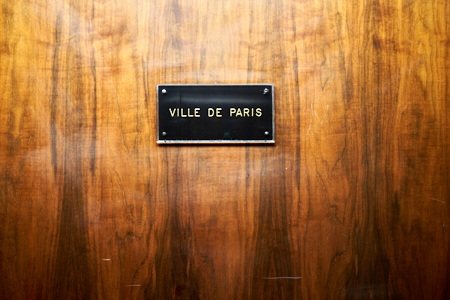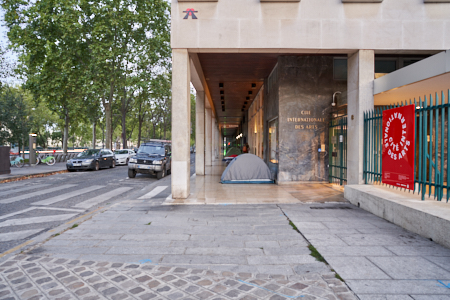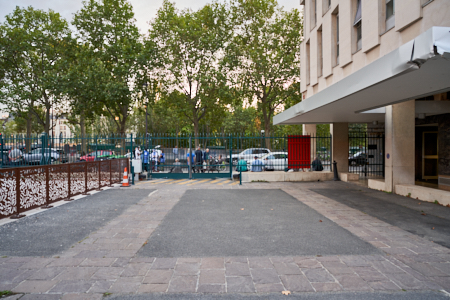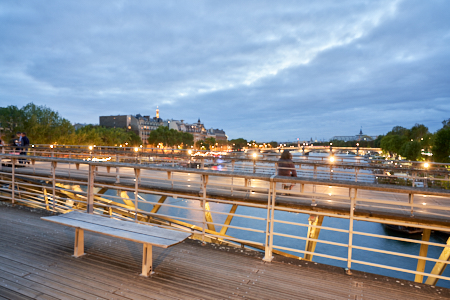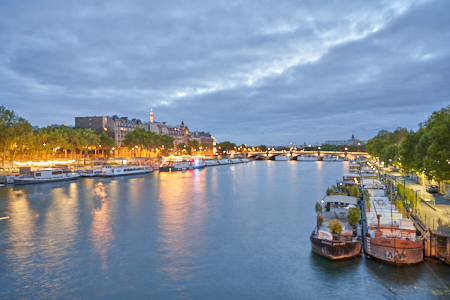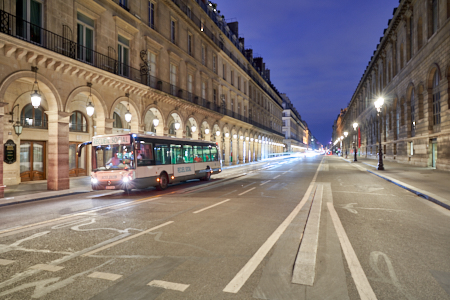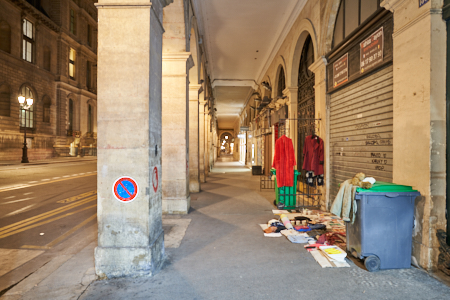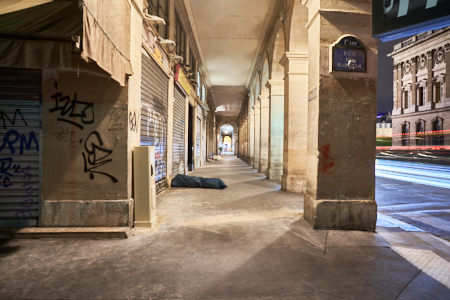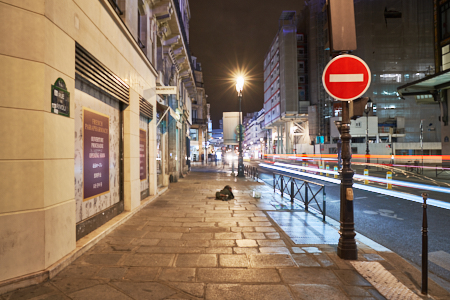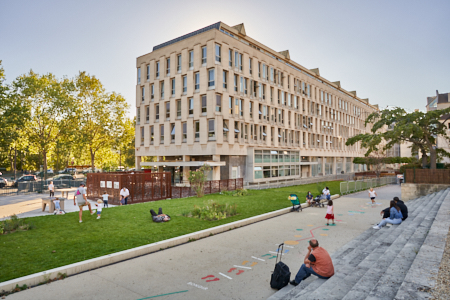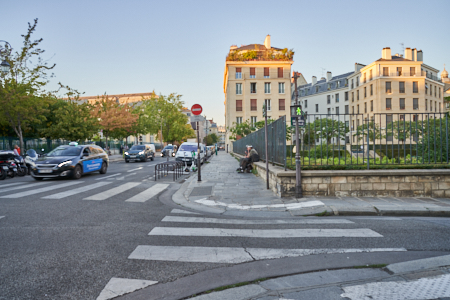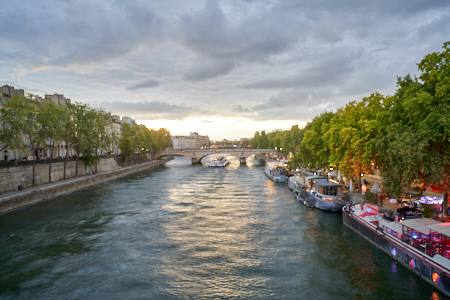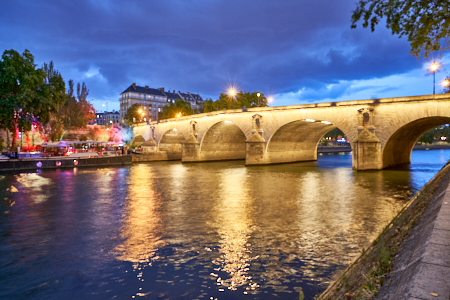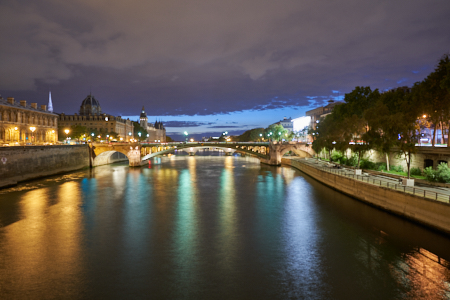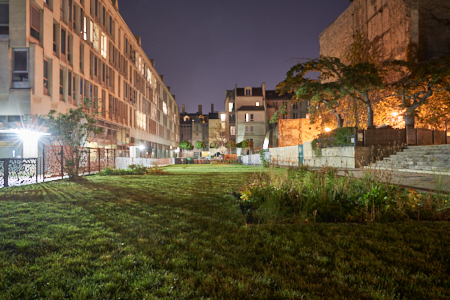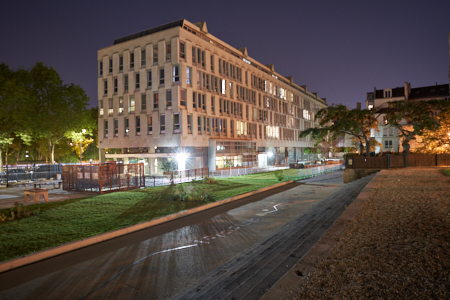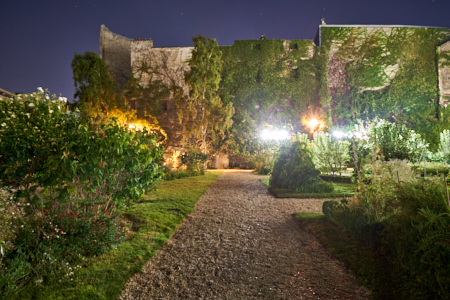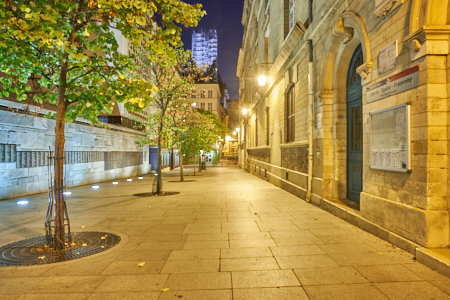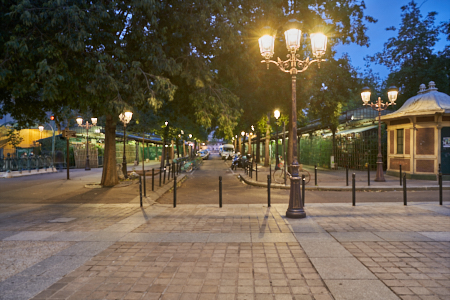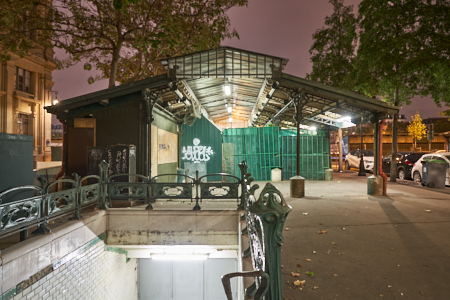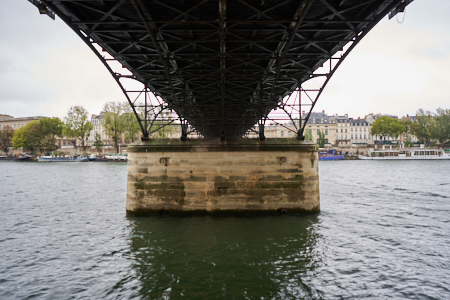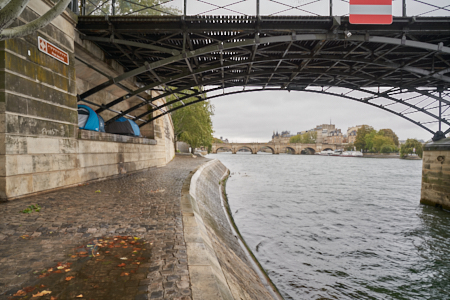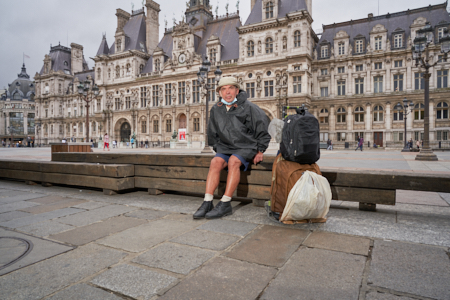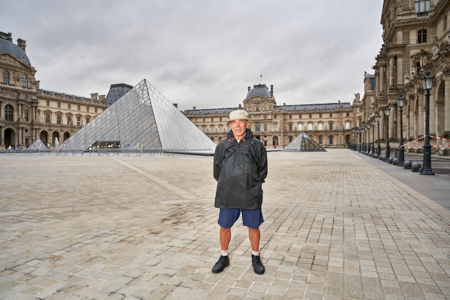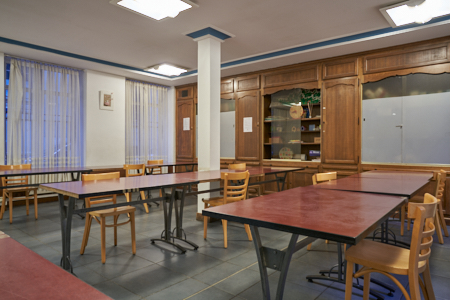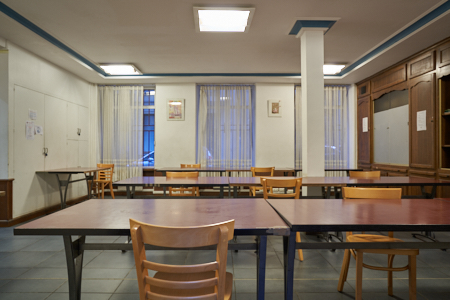Sans Domicile Fixe
2020
During the course of this project I got to know some of the homeless people living in the central districts of Paris. The project was undertaken during the pandemic, which made their lives even more precarious. Twenty to thirty men slept in front of the Cité internationale des arts Paris. Often, but not always, they were given food and/or clothes in the evening, and social workers and volunteers visited the place regularly. All this attracted more homeless and in-need people to the site. It was extremely important to me to speak to these people on an equal footing, but only a few were ready to talk. It wasn’t a safe undertaking either, because I never knew who I was talking to. It was also suggested to me that there are some people here who have had or still have problems with the law. I wanted to find out what brought them into this situation, and whether and how they can be helped. I had particularly intensive conversations with men whose mother tongue was Russian, with whom I shared a background in the USSR. I met these men every evening and we spent hours talking about our lives. Only one person – Vladimir, a refugee from Russia – was not afraid of the camera. I accompanied him for a few days and got to know his daily routine. In addition, I photographed places that are relevant for the homeless, such as places where they can sleep, get warm meals or store their belongings. What looks like the splendid backdrop of a cosmopolitan city in full glory during the day – with the Louvre, medieval Seine bridges, small alleys around Notre-Dame or the Hôtel de Ville – at night becomes a place with lots of sleeping bags and tents. Immersing myself in the world of homeless people in Paris raised more questions than answers for me.
